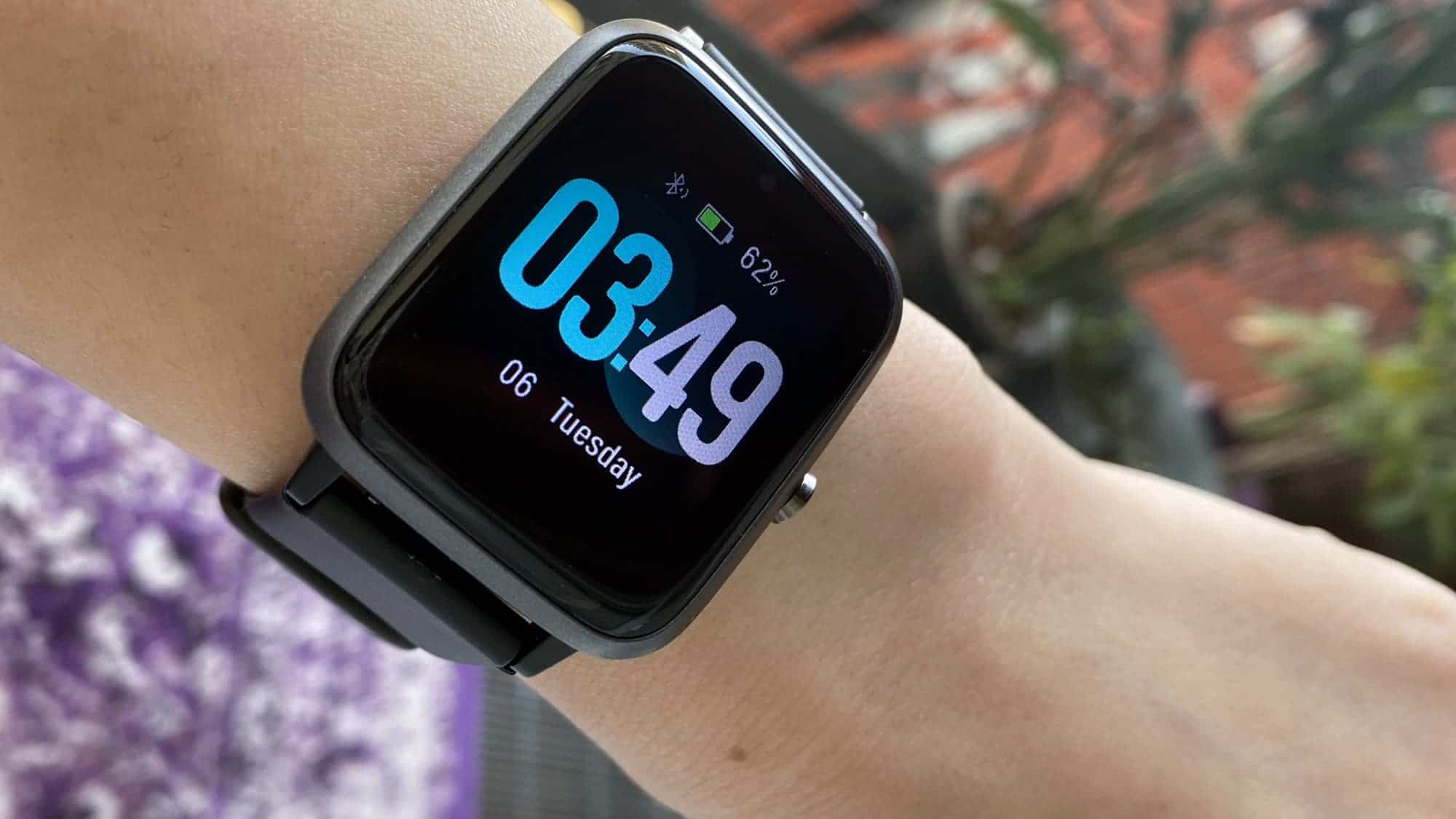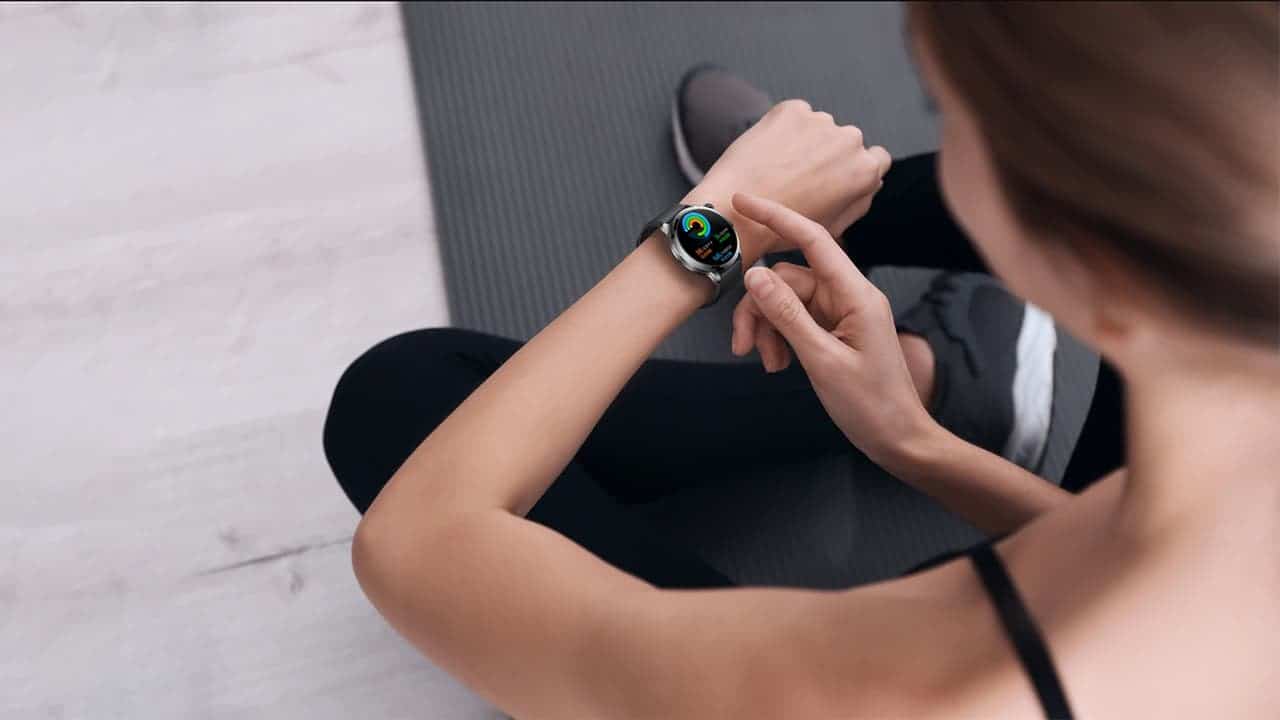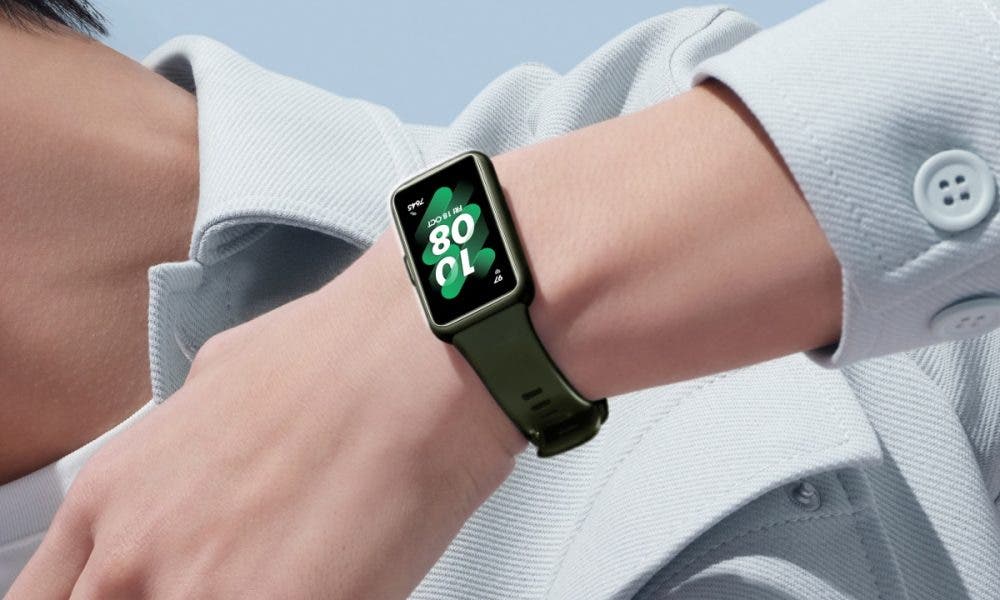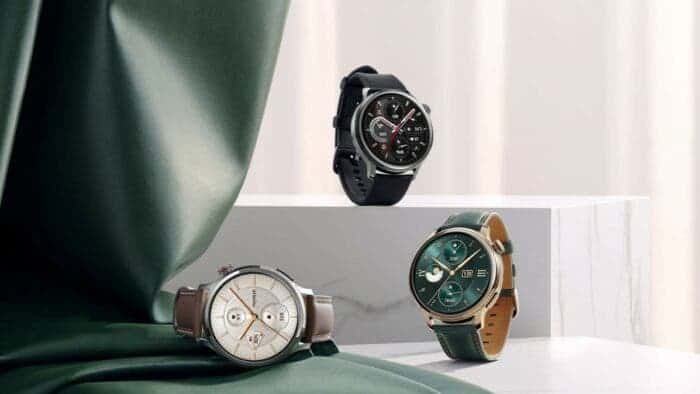In the ever-evolving landscape of technology, the integration of wearables with smartphones has become a pivotal development, reshaping the way we live, work, and maintain our health. Smartwatches and fitness trackers, once considered niche gadgets, have now become indispensable accessories for many individuals seeking a seamless and enhanced digital experience. This article delves into the profound impact of wearables on our daily lives, with a focus on their integration with smartphones. We will explore how these devices are revolutionizing health tracking, fitness apps, and the delivery of notifications, ultimately creating a more interconnected and personalized user experience.
The Rise of Wearables: How Smartwatches and Fitness Trackers Complement Your Smartphone

The Evolution of Wearables
The journey of wearables began with the introduction of simple pedometers and heart rate monitors, gradually evolving into sophisticated devices capable of performing a multitude of functions. The emergence of smartwatches and fitness trackers marked a significant shift, transforming wearables from basic fitness tools to powerful extensions of our smartphones. This evolution has been driven by advancements in technology, miniaturization of components, and the growing demand for more accessible and convenient ways to monitor our health and stay connected.
Health Tracking: A Personalized Wellness Journey
So, one of the primary functions that have propelled the popularity of wearables is their ability to monitor and track various aspects of our health. Smartwatches and fitness trackers are equipped with sensors that can measure heart rate, track sleep patterns, and monitor physical activity levels. These devices provide users with real-time insights into their health, empowering them to make informed decisions about their well-being.
Integration with smartphones amplifies the impact of health tracking by creating a centralized hub for all health-related data. Dedicated apps on smartphones sync seamlessly with wearables, allowing users to access a comprehensive overview of their fitness and wellness metrics. This integration not only facilitates a more holistic understanding of one’s health but also enables users to set and track specific health goals.
Fitness Apps: A Personal Trainer on Your Wrist
So, smartwatches and fitness trackers have become indispensable companions for fitness enthusiasts, acting as personalized trainers that guide users through their workouts. These devices often come equipped with built-in fitness apps that offer a range of exercises, from cardio routines to strength training. The integration of wearables with smartphones enhances the functionality of these apps, providing users with a more immersive and tailored fitness experience.
Also, many fitness apps leverage the GPS capabilities of smartphones to map and analyze outdoor activities like running or cycling. This integration enables users to receive real-time feedback on their performance, including distance covered, pace, and calories burned. The seamless connection between wearables and smartphones ensures that this data is readily available for analysis and goal tracking, fostering a sense of accomplishment and motivation for users striving to improve their fitness levels.

Seamless Notification Delivery: Staying Connected in the Digital Age
So, beyond health and fitness, wearables excel in keeping users connected to the digital world without the need to constantly check their smartphones. Smartwatches serve as an extension of the smartphone, delivering notifications directly to the user’s wrist. This integration is particularly valuable in scenarios where accessing a smartphone may be inconvenient or impractical.
Whether it’s incoming calls, text messages, or app notifications, wearables provide a discreet and efficient way to stay informed. Users can customize notification settings, ensuring that they receive only the most relevant alerts. The seamless connection between wearables and smartphones ensures that users can stay connected without being tethered to their mobile devices, promoting a more balanced and mindful approach to digital communication.
The Symbiotic Relationship: How Wearables and Smartphones Enhance Each Other
So, the integration of wearables with smartphones creates a symbiotic relationship that enhances the functionality of both devices. Smartphones serve as the command center, managing and displaying detailed information, while wearables provide quick and convenient access to critical data. This synergy amplifies the overall user experience, making it more cohesive and user-friendly.
For instance, when users engage in physical activities, wearables can detect changes in heart rate or movement and relay this information to the smartphone. In turn, the smartphone can analyze this data, providing insights and recommendations for optimizing the user’s fitness routine. This real-time collaboration between wearables and smartphones ensures that users receive dynamic and personalized support throughout their daily activities.
Challenges and Future Prospects
While the integration of wearables with smartphones has undoubtedly enhanced our digital experience, challenges persist. Battery life remains a concern, with users often having to charge both their smartphones and wearables regularly. Additionally, there are privacy and security considerations, as health data collected by wearables becomes increasingly valuable and sensitive.
So, looking ahead, the future of wearables holds exciting possibilities. Advancements in battery technology, increased processing power, and the development of more sophisticated sensors are likely to address current challenges. The integration of artificial intelligence (AI) and machine learning will further personalize user experiences, making wearables even more intuitive and responsive to individual needs.

Tips for Getting the Most Out of Your Wearable
- Set goals and track your progress. This will help you stay motivated and on track.
- Use the built-in fitness apps. These apps can help you create a workout routine and track your progress.
- Customize your notification settings. Only see the alerts that are important to you.
- Charge your device regularly. Most wearables need to be charged every few days.
- Update your device’s software. This will ensure that you have the latest features and bug fixes.
Wearables are a great way to improve your health, fitness, and productivity. By following these tips, you can get the most out of your wearable device and make it an essential part of your everyday life.
Additional Tips
- Find a wearable that fits your lifestyle. There are many different wearables on the market, so it’s important to find one that meets your needs and budget.
- Don’t be afraid to experiment. There are many different ways to use a wearable, so don’t be afraid to try out different features and settings.
- Make it a habit. The more you use your wearable, the more benefits you’ll experience.
Conclusion
The rise of wearables, particularly smartwatches and fitness trackers, has ushered in a new era of interconnectedness and personalization. Also, the seamless integration of these devices with smartphones has revolutionized health tracking, fitness apps, and notification delivery. Creating a more cohesive and user-friendly digital experience. As technology continues to advance, the symbiotic relationship between wearables and smartphones will likely deepen. Offering users unprecedented levels of customization, convenience, and support in their daily lives. Wearables are not just accessories; they are becoming essential companions on our journey towards a healthier, more connected future.





